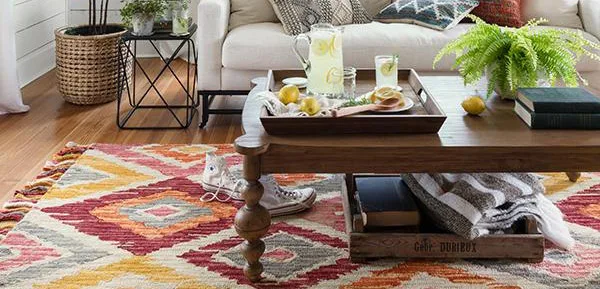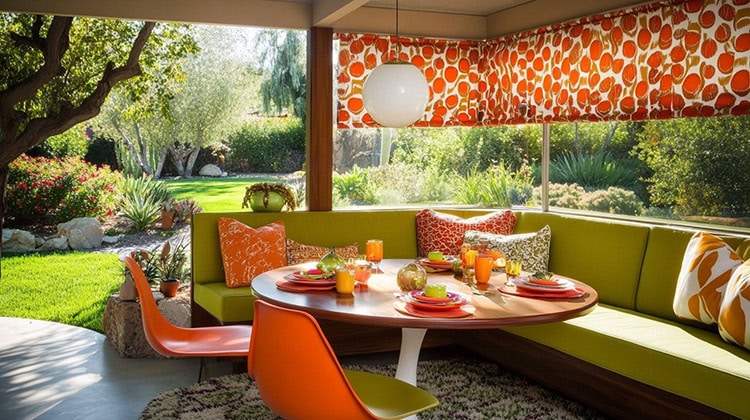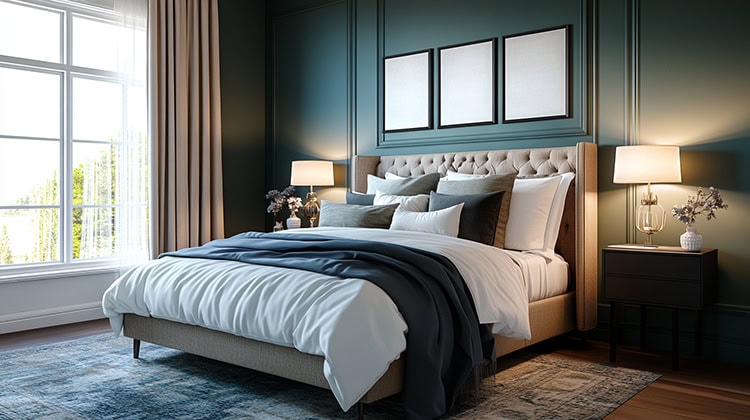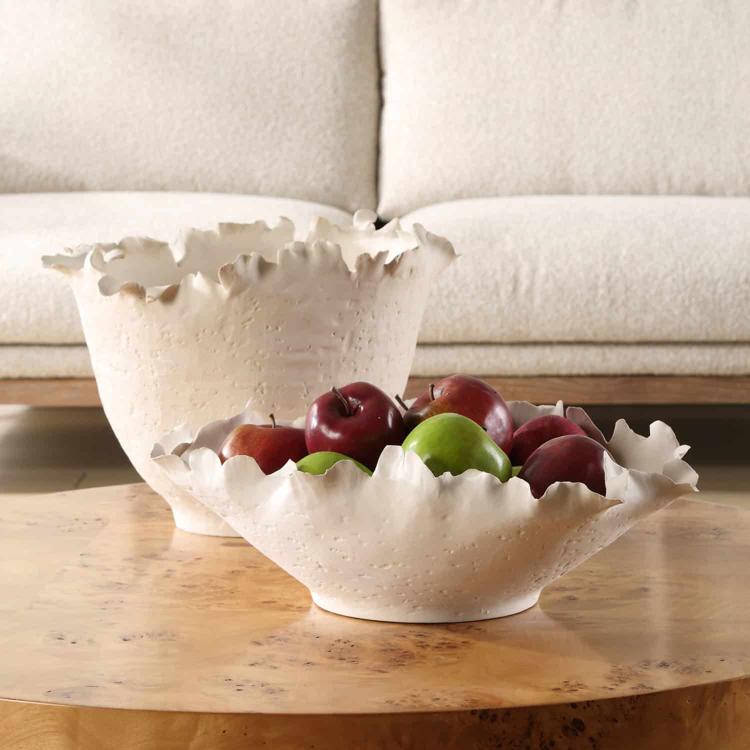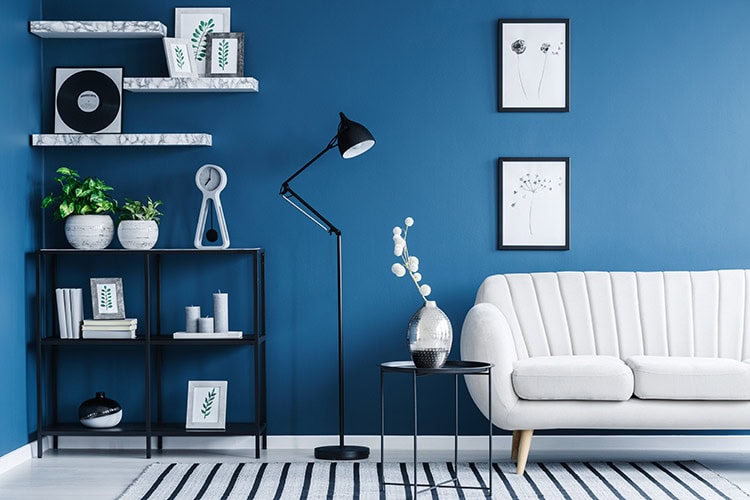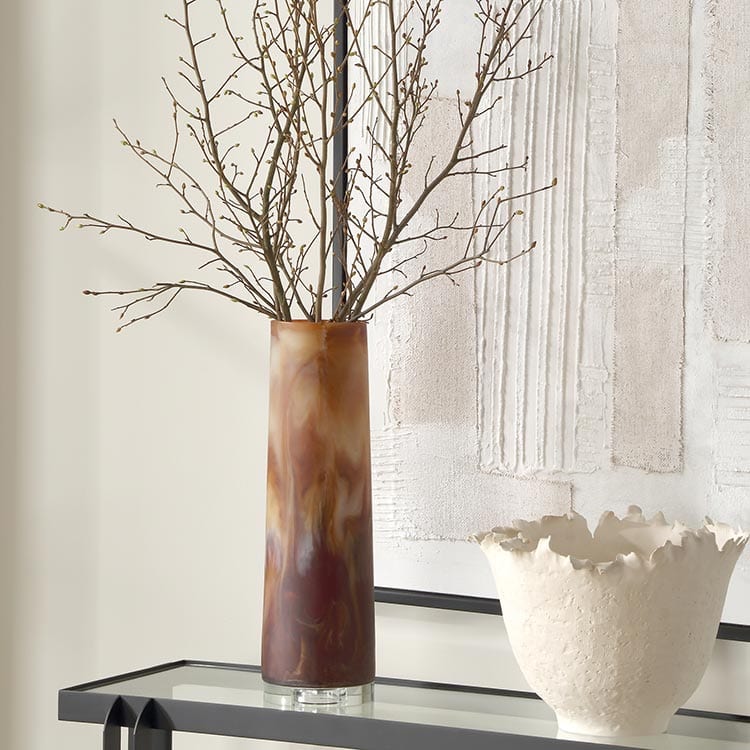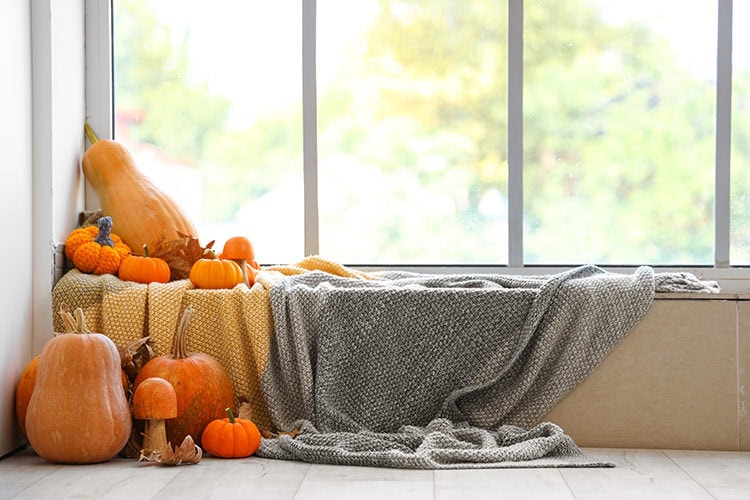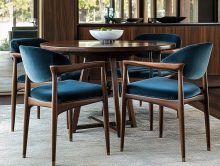Of all the fabrics out there, there’s just something to be said for cotton. Cotton is one of the oldest known natural fibers to man. It has been cultivated for over 5,000 years and holds an important place in the world today. Thanks to modern machinery and other technological advancements, cotton is able to be grown more efficiently, making it extremely accessible to society.
According to the National Cotton Council of America, U.S. textile mills presently consume approximately 7.6 million bales of cotton per year, with more than a third of it being converted into home furnishings. Today, the demand for cotton is on the rise, holding more than 60% of the retail apparel and home furnishings market.
Why the desire for such a simple fabric? Well, for one, cotton is eco-friendly. And two, cotton makes everyday living enjoyable without even trying.
Cotton and the Environment
Today’s world is becoming more aware of how important it is to preserve the environment we live in and this is why cotton is one of the top-selling fabrics out there.
Cotton is a natural fiber of vegetable origin composed primarily of cellulose (a carbohydrate plant substance), making it renewable, biodegradable, and recyclable. Furthermore, organic cotton is available, for those who would prefer fibers from plants that have not been genetically modified or treated with synthetic fertilizers and pesticides.
Cotton and You
There are numerous beautiful fabrics out there but not all of them are meant for everyday living like cotton is. Some things that make it ideal for everyday living, especially in homes of families are:
- It’s durable
- It’s hypoallergenic
- It’s easy to clean
- It’s absorbent and breathable
- It’s soft to the touch
- It can resist static withstand high heat
- It’s affordable
- It’s versatile enough to be casual or formal
- It blends easily with other fibers
- It dyes and prints well
If you’re looking for a fabric that will make day-to-day life comfortable and a carefree, then cotton is it. Keep in mind, however, that even great things have some disadvantages. A few you might consider are:
- Cotton wrinkles
- Cotton takes longer to dry
- Cotton is porous, making it vulnerable to mildew
- Cotton can shrink and stretch
- Cotton can fade or weaken in prolonged sun exposure
Many of these disadvantages, however, can be remedied quickly and easily. Selecting proper fabric weights, positioning away from direct sunlight (or protecting with window treatments) and gentle washing and ironing are all ways to ensure that the life of your fabric will last longer.
Types of Cotton
Variations of cotton stem from their staple and their weave.
When multiple cotton fibers are twisted together, it results in a smooth, strong thread that can be woven into a fabric. Cotton fibers have a specific or fixed length, which is referred to as staple. This differs from filament fibers, which vary in length (typically much longer). When it comes to high-quality cotton, the longer the staple, the better.
In regards to weave, heavier cotton fabrics have densely woven threads. Thinner cotton fabrics, on the other hand, have a standard plain weave called percale, or a satin weave called sateen.
Pima cotton is the name given to cotton that has an extra long staple (ELS). It is typically grown in the United States, Australia, and Peru.
Supima cotton is the marketing brand for American-grown Pima cotton. The Supima name was derived from a blending of the words “Superior” and “Pima.”
Cotton that has the finest and longest staple in the world is known as Egyptian cotton. While any cotton produced in Egypt can technically be labeled “Egyptian cotton,” not all of it is necessarily ELS cotton. Ultimately, this makes reading labels a bit confusing and disappointing in that Egyptian cotton does not always mean superior quality.
Plain and loose-woven cotton that is firm and medium-weight to heavyweight is called canvas. Canvas is stiff, coarse, and nubby in texture. This type of cotton doesn’t drape fluidly and is often used for pillows, window shades, and outdoor furniture.
Cotton duck has a closer weave, is lighter in weight, and more fluid than canvas. It is also a bit smoother, making it a better choice for upholstery.
Ways to Use Cotton in Your Home
Probably the most obvious way to use cotton is by slipcovering or reupholstering furniture with it — but that’s not the only way. Other ways to use cotton in your home include window treatments, accent pillows, and linens for your bed, bath, kitchen, and table. Cotton is also an excellent choice for a headboard.
When it comes to linens, keep in mind that not all kinds of cotton are the same. To reap the most benefits, stick with linens that are made of 100% regular, Pima or Egyptian cotton. With that said, cotton blends can offer you the best of both worlds–a crispness with fewer wrinkles and softness with increased durability and stain-resistance.
If you are looking for a fabric store near you in Houston, we have just what you need! Come by our Interior Fabrics location on Fondren Rd. where you will find everything from comfortable cotton fabrics, to luxurious dupioni silks and even some of the best faux leathers!

